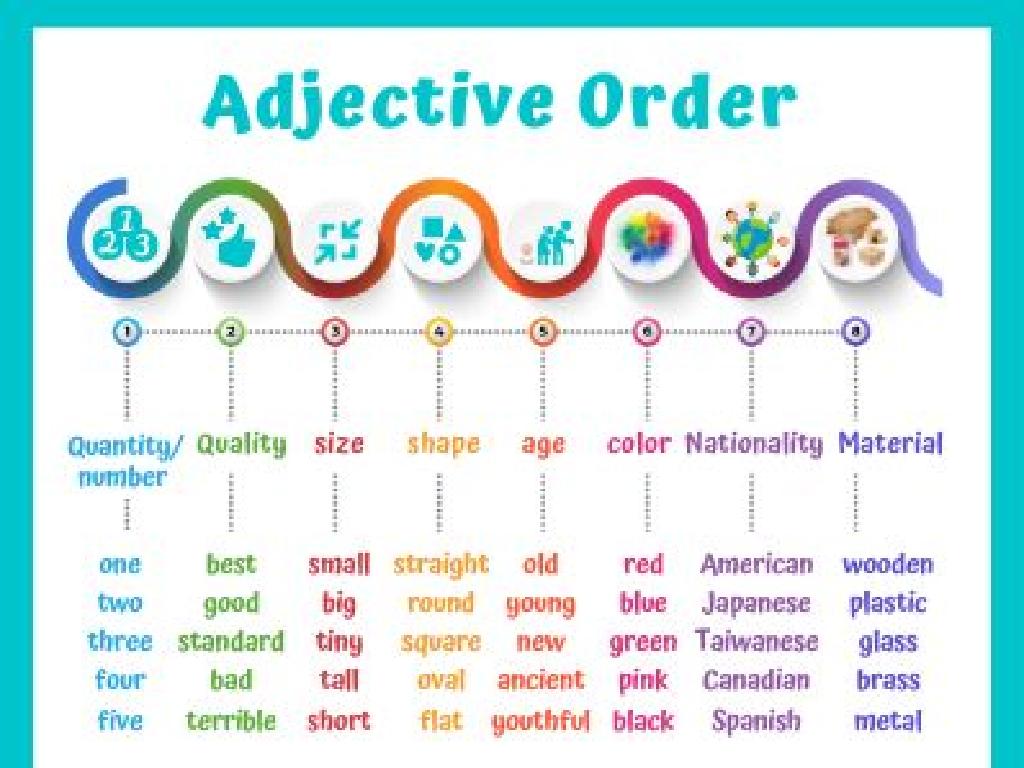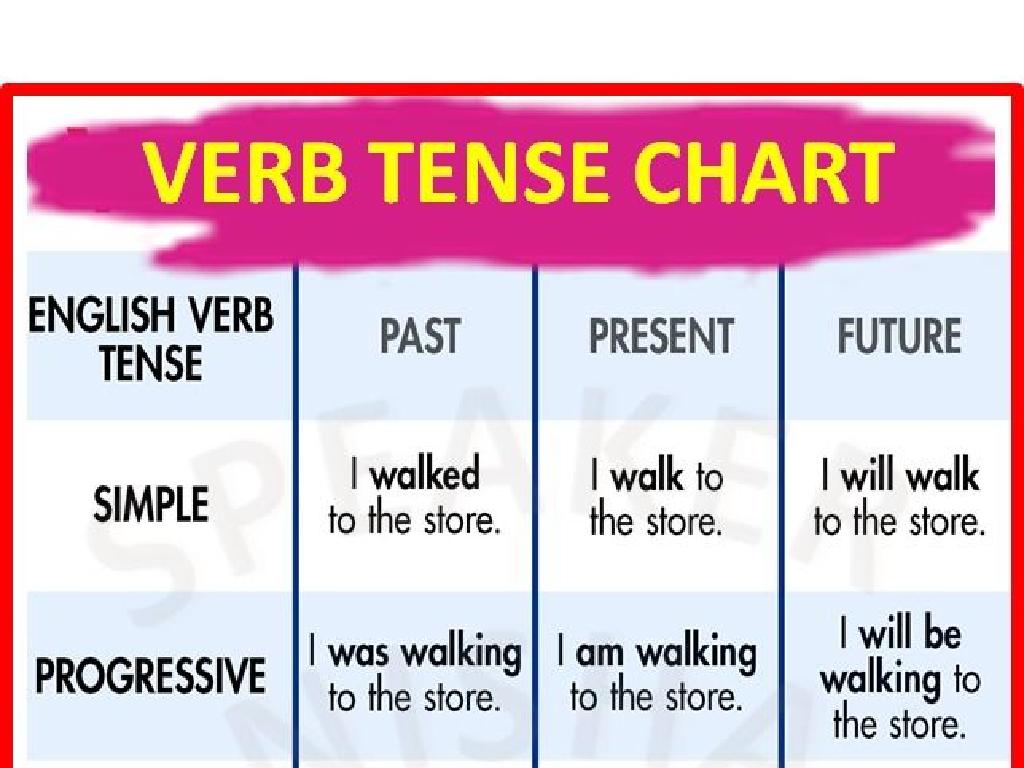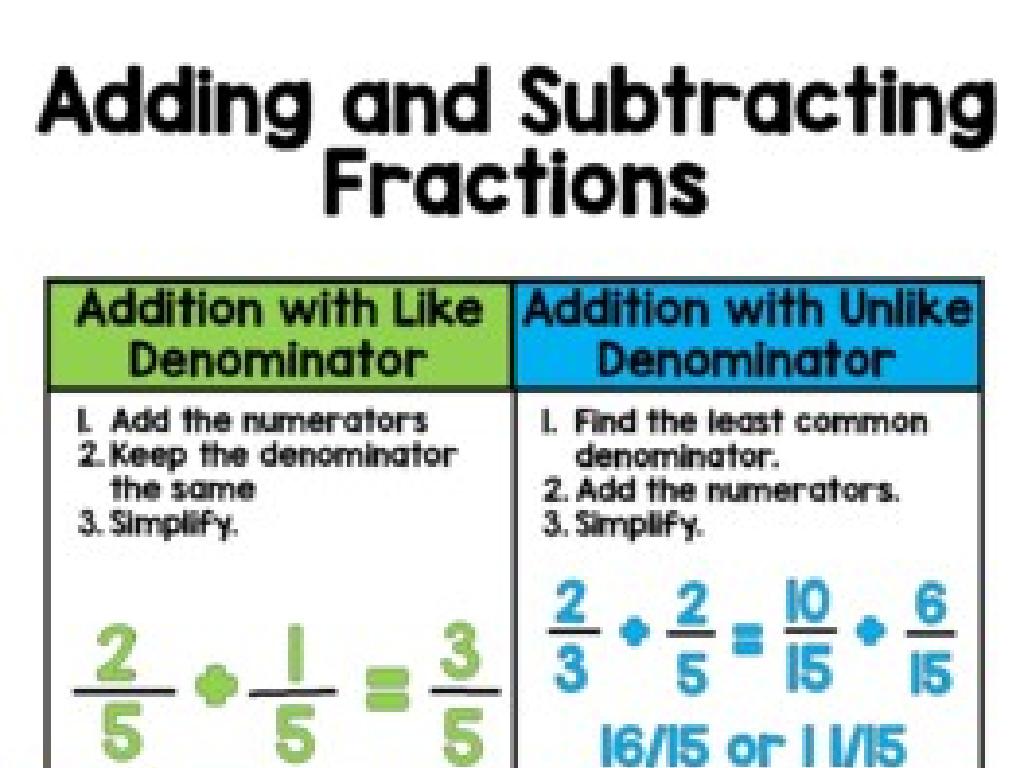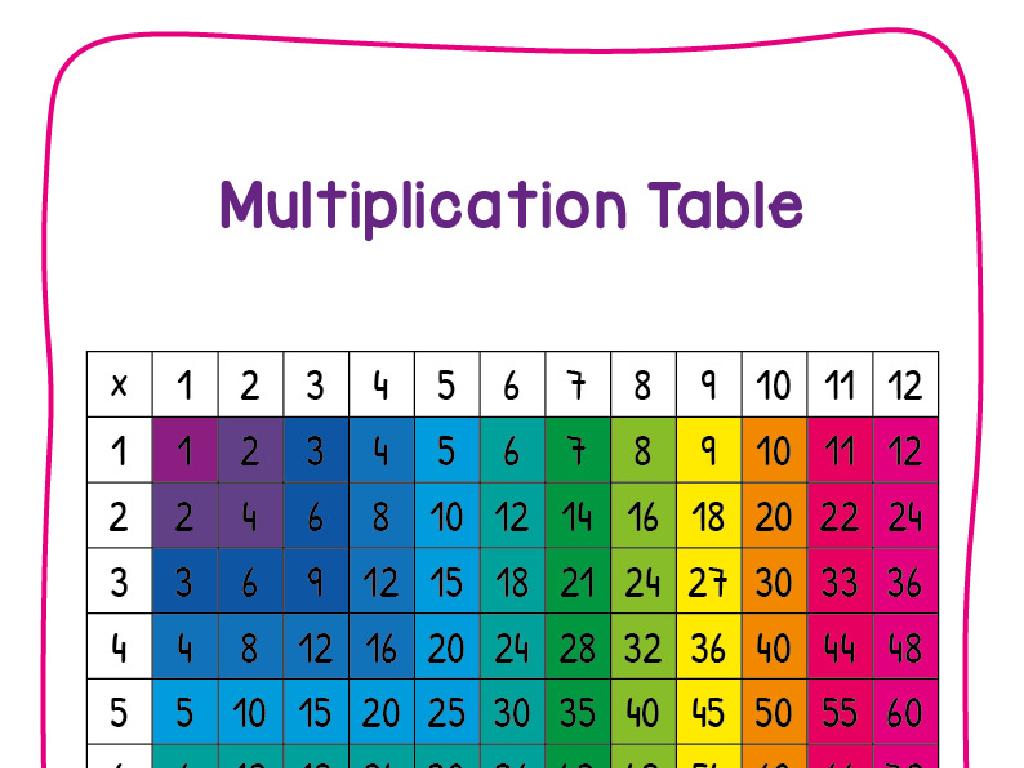Foundations Of Maya Civilization
Subject: Social studies
Grade: Sixth grade
Topic: Early Americas
Please LOG IN to download the presentation. Access is available to registered users only.
View More Content
Exploring the Maya Civilization
– Discover the Early Americas
– Meet the ancient Maya
– A sophisticated civilization known for astronomy, architecture, and a unique writing system.
– Maya’s historical impact
– The Maya influenced future cultures and left a lasting legacy in the Americas.
– Maya’s contributions to culture
– They developed advanced mathematics, calendar systems, and agricultural techniques.
|
This slide introduces students to the Maya civilization, one of the most prominent societies in the Early Americas. Emphasize the Maya’s advanced knowledge in various fields, which was remarkable for their time. Discuss their achievements in astronomy, such as their accurate calendar, and in architecture, with their iconic step pyramids. Highlight the significance of the Maya in shaping the history and culture of the Americas, including their influence on subsequent civilizations. Encourage students to think about how ancient civilizations like the Maya have contributed to modern society, particularly in terms of knowledge and cultural heritage.
Who Were the Maya?
– The Maya: Mesoamerican civilization
– Advanced society in ancient Central America.
– Geography of Maya settlements
– Located in today’s Mexico, Guatemala, Belize, and parts of Honduras and El Salvador.
– Timeline of Maya history
– From 2000 BCE to 1500s CE, with a peak in the Classic Period (250-900 CE).
– Influence on modern culture
– Maya contributions are still evident in language, agriculture, and mathematics.
|
The Maya were an advanced civilization that thrived in Mesoamerica for thousands of years. They were known for their sophisticated writing system, astronomical knowledge, and monumental architecture. Geographically, they occupied a diverse region that includes multiple modern-day countries. The civilization’s timeline extends from the Preclassic period through the Classic and into the Postclassic period, with a notable peak in cultural development during the Classic Period. Their legacy continues to influence modern culture, particularly in areas where their descendants live today. This slide aims to provide students with a foundational understanding of the Maya civilization’s significance and its enduring impact on the world.
Exploring Maya Society
– Maya social hierarchy
– Kings and priests at the top, farmers and slaves at the bottom
– Roles in Maya society
– Each role had specific duties, like farming, trading, or religious ceremonies
– Responsibilities of Maya people
– Responsibilities were tied to one’s social status and occupation
– Comparing ancient and modern societies
– How does it differ from today’s social structures?
|
This slide aims to give students an understanding of the social structure of the Maya civilization. Discuss the hierarchical nature of Maya society, with a ruling class of kings and priests and a working class that included farmers and slaves. Highlight the specific roles and responsibilities associated with different levels of society, such as the religious duties of priests or the agricultural work of farmers. Encourage students to think critically about how this ancient social structure compares to modern-day social systems, considering aspects like social mobility and the role of different professions in society today. This comparison will help students appreciate the complexities of social hierarchies both in the past and in the present.
Maya Achievements in the Early Americas
– Masterful Maya architecture
– Built grand cities like Tikal, with pyramids and palaces
– Maya contributions to math
– Developed the concept of zero, enhancing calculations
– Maya advancements in astronomy
– Tracked celestial events, creating accurate calendars
– The Maya script: early writing
– One of the first complex writing systems in the Americas
|
The Maya civilization was renowned for its impressive architectural feats, constructing grand cities with pyramids, temples, and palaces that have stood the test of time. In mathematics, they were ahead of their time, introducing the concept of zero, which revolutionized their ability to perform calculations and develop their calendar system. Their understanding of astronomy was highly advanced, allowing them to track celestial events with great precision. The Maya script, one of the earliest known writing systems in the Western Hemisphere, provides valuable insights into their history and culture. Encourage students to explore how these achievements reflect the sophistication of the Maya civilization and their lasting impact on the world.
Daily Life of the Maya
– Farming: Maize, beans, squash
– Staple crops vital for nutrition and culture.
– Trade and economy
– Goods exchanged across cities and with other cultures.
– Religion: Gods and temples
– Deities central to daily life, influencing calendar and politics.
– Rituals in society
– Ceremonies and offerings to please deities and ensure prosperity.
|
This slide aims to give students a glimpse into the everyday life of the Maya civilization, focusing on their agriculture, economy, and religious practices. Emphasize the importance of staple crops like maize, beans, and squash, which were the foundation of Maya diet and culture. Discuss how trade was crucial for the economy, with the Maya trading goods like jade, cocoa, and textiles. Highlight the significance of religion, where gods played a central role in their understanding of the world and the organization of their society. Explain that rituals and ceremonies were common, with temples serving as important places for worship and community gatherings. Encourage students to compare and contrast the Maya civilization with other civilizations they have studied.
The Mystery of the Maya Decline
– Theories of Maya decline
– Scholars propose various explanations, such as drought, overpopulation, and resource depletion.
– Environmental changes impact
– Deforestation and drought may have led to crop failures, hunger, and social unrest.
– Warfare’s role in decline
– Frequent wars with neighbors and city-states could weaken the society.
– Internal strife contribution
– Political conflicts and power struggles may have eroded the social structure.
|
This slide delves into the enigmatic decline of the Maya civilization, a topic that has intrigued scholars for years. We’ll explore different theories that attempt to explain this decline, including environmental factors like climate change leading to drought and resource scarcity. Additionally, we’ll discuss how constant warfare and internal political strife could have contributed to the collapse of this once-thriving civilization. Encourage students to think critically about how a combination of these factors might interact to cause the downfall of a society. This discussion can also serve as a starting point for a broader conversation about the sustainability and resilience of civilizations.
Maya Civilization Today
– The enduring Maya legacy
– Maya contributions to astronomy, mathematics, and architecture still influence us.
– Maya culture in modern times
– Traditional Maya languages, clothing, and celebrations are part of life in regions like Yucatán and Guatemala.
– Efforts to preserve Maya heritage
– UNESCO World Heritage sites protect Maya ruins; museums conserve artifacts.
– Significance of Maya history
– Understanding Maya civilization helps us appreciate the complexity of ancient societies.
|
This slide aims to highlight the lasting impact of the Maya civilization on the present day. Discuss how the Maya were advanced in various fields and how these contributions continue to be relevant. Highlight how Maya culture is still alive in the languages, traditions, and daily lives of people in Central America. Emphasize the importance of preserving Maya archaeological sites and artifacts to understand our past. Explain to students that studying the Maya is not just about learning history; it’s about recognizing the foundations of many cultural practices and knowledge that have shaped the modern world.
Class Activity: Create Your Own Maya Glyph
– Learn about Maya writing
– Create a personal glyph
– Use Maya glyphs as inspiration to represent your name or a concept
– Share your glyph with the class
– Explain the meaning behind it
– Tell us what your glyph stands for and why you chose it
|
This activity is designed to engage students with the Maya civilization by exploring their unique writing system. Start by giving a brief introduction to Maya glyphs, showing examples and explaining their significance. Each student will then create their own glyph on paper, drawing inspiration from the Maya style to represent their own name or a concept important to them. After creation, students will share their glyphs with the class and explain the meaning behind their design. This will help students understand the use of symbols in communication and the cultural importance of writing systems in ancient civilizations. Possible activities: 1) Glyph design contest, 2) Decode classmates’ glyphs, 3) Create a glyph dictionary, 4) Write a short story using glyphs.






